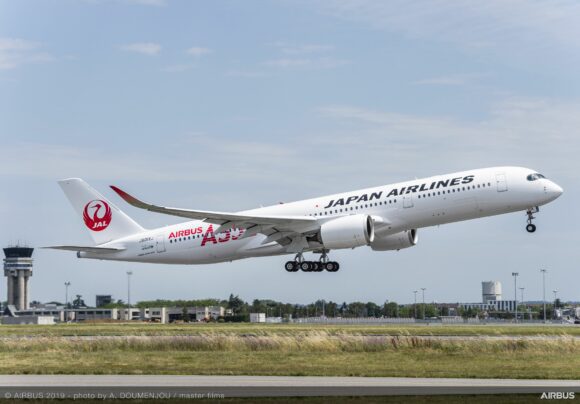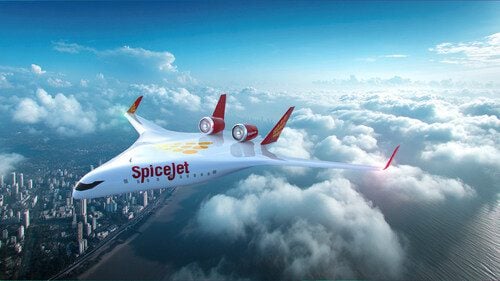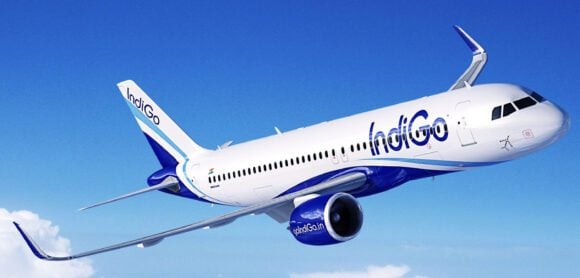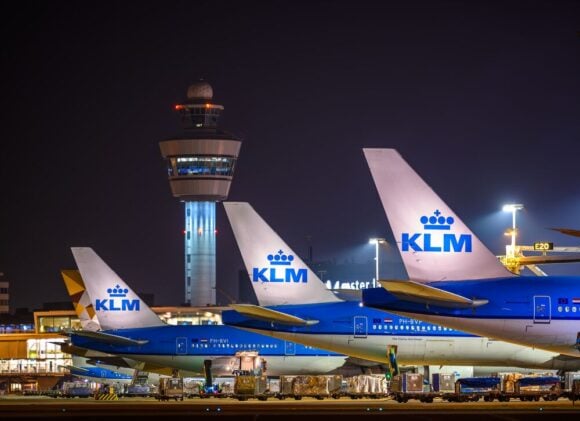
312972271 6178183535525702 6388360470431168163 n
The Asia Pacific region’s aviation industry witnessed phenomenal growth in 2023, the Association of Asia Pacific Airlines (AAPA) reported. International passenger demand skyrocketed by an unprecedented 161%, reaching 278.5 million passengers, reflecting a robust appetite for travel post-pandemic.
Similarly, the air cargo market experienced a strong year-end rebound, led by a surge in e-commerce shipments.

Growth in Passenger Markets
- International passenger traffic surges by 161%.
- Robust growth attributed to the removal of pandemic-related travel restrictions.
- Passenger load factor returns to pre-pandemic levels at 80.9%.
This surge in passenger demand was met with an increase in available seat capacity (ASK) of 106.2%, demonstrating airlines‘ efforts to restore and increase flight frequencies and connections within the region. In addition, the strong travel appetite was also evident on short-haul routes. The short-haul routes experienced a 131.0% growth in revenue passenger kilometers (RPK).

Cargo Market Suffered Headwinds
- Challenges faced by cargo markets throughout the year.
- Year-end rebound fueled by a notable increase in e-commerce shipments.
- December records a 13.2% YoY growth in international air cargo demand.
However, air cargo markets faced headwinds throughout the year, including inflation, a strong US dollar, and dampened trade activity. Despite these challenges, the final months witnessed a positive turnaround, with December recording a 13.2% year-on-year growth in air cargo demand (FTK). This helped mitigate the year’s overall decline to 2.8%.
Moreover, commenting on the results, Mr. Subhas Menon, AAPA Director General, highlighted the significant progress made in 2023.
“International passenger traffic carried by Asian airlines grew solidly by 161% in 2023. Passenger numbers averaged 72% of pre-pandemic 2019 levels, up significantly from 28% in 2022. Whilst international air cargo demand declined by 2.8% for the full year, the last quarter of 2023 saw an 8.2% increase compared to the previous corresponding period,” said Mr. Subhas Menon.
“Overall, 2023 was a good year for the region’s carriers. Passenger demand grew unabated, while air cargo markets ended the year on a high note,” AAPA’s Director General added.
Outlook for 2024
Looking ahead to 2024, Mr. Menon anticipates a strong year for passenger traffic, potentially reaching pre-pandemic levels in the coming months. However, uncertainties remain, such as potential erosion in business and consumer sentiment due to geopolitical tensions.

Key Measures and Comparison
Passenger Metrics: In 2023, the total number of international passengers carried by Asia Pacific airlines surged to 278,518 thousand, marking a substantial 161.0% increase from the 106,703 thousand passengers recorded in 2022.
Revenue Passenger Kilometers (RPK): The total RPK for 2023 reached an impressive 996,624 million, showcasing a substantial 131.0% increase from the 431,429 million RPK reported in 2022.
Available Seat Kilometers (ASK): Asia Pacific Airlines offered a total of 1,231,736 million ASK in 2023, reflecting a substantial 106.2% growth from the 597,263 million ASK in 2022.
Passenger Load Factor: The annual average passenger load factor for 2023 witnessed a notable increase, reaching 80.9%, a substantial 8.7 percentage point rise compared to the 72.2% recorded in 2022.
Freight Metrics: The total freight tonne kilometers (FTK) for 2023 amounted to 64,443 million, marking a slight 2.8% decrease from the 66,318 million FTK reported in 2022.
Available Freight Tonne Kilometers (FATK): The total FATK for 2023 demonstrated a positive trend with 106,121 million, marking a 6.4% increase from the 99,702 million FATK reported in 2022.
Freight Load Factor: The annual average freight load factor for 2023 was 60.7%, marking a 5.8 percentage point decrease from the 66.5% recorded in 2022.
Views: 324



